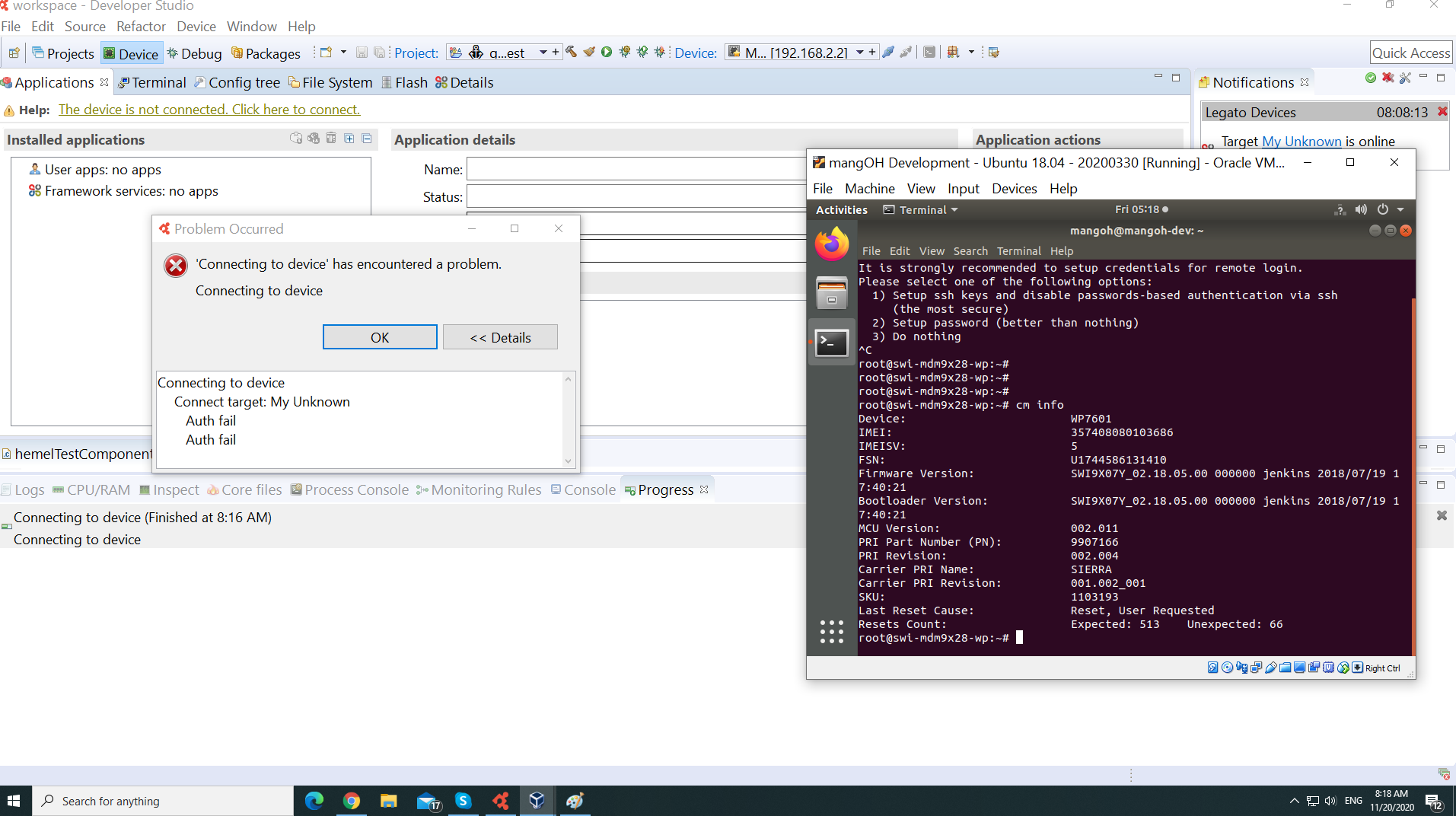
If you are experiencing the dreaded “Network error: Connection refused” message, you’ve come to the right place. While there are many possible reasons why you’re receiving this message, following these steps will help you resolve the issue. Listed below are five possible causes and possible solutions. This article is not intended to be a comprehensive guide to how to fix the “Network error: Connection refused” error.
To resolve the error, first check that your network connections are working. Make sure the port 22 is open and running. Try to run a telnet command on the server. If the connection hangs, there’s probably something wrong. In some cases, the connection may hang briefly, and in this case, you can press ctrl-c to terminate the session. Otherwise, you can attempt to connect via another port.
The “Connection refused” error can also occur because the server you’re trying to connect to does not support SSH. If this is the case, you may be trying to connect to the wrong port. In such a case, you need to run the following command on the remote server: ssh –config. Alternatively, you can simply run the command below to install the remote SSH server. If these steps do not help, you should try reinstalling the SSH server.
Another common cause of “SSH connection refused” is that the SSH server process is not listening on the correct IP interface. Most computers have two IP interfaces: a “localhost” interface and a network interface. The “known_hosts” file is important as it contains key fingerprints that are used for authenticating an SSH connection. However, if the “known_hosts” file is not updated, the computer will refuse to accept connections.